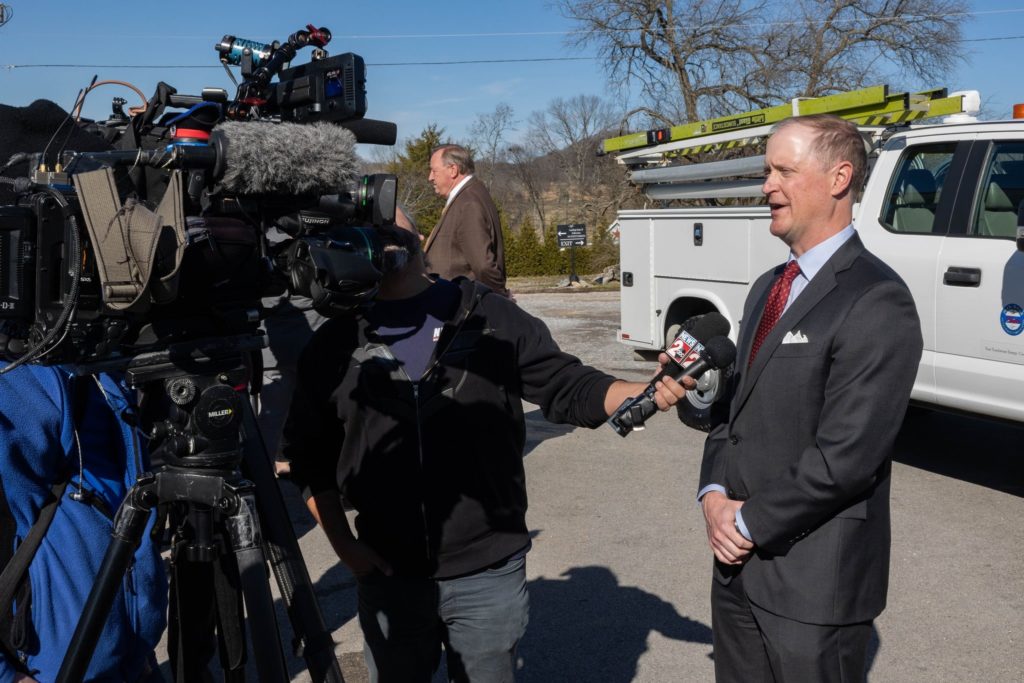Annual planning can feel like a balancing act for most small to mid-sized businesses. On one hand, small business owners and marketers recognize its necessity for long-term success and sustainable growth. On the other hand, developing an annual marketing plan can seem like an obstacle course (at best) or an exercise in futility (at worst). Can we develop an annual marketing plan that works? More than that, is it possible to enjoy the process of creating one?
After more than a decade of walking businesses through our approach to building a marketing strategy, our team has learned several valuable lessons regarding annual planning. We’ve discovered how to ensure your yearly plan is aligned with other critical areas of your business—from supporting business development efforts to coordinating with operations. We know the common pitfalls that prevent businesses from gaining traction.
As we prepare for the new year, we wanted to offer helpful insights for annual planning and ideas for businesses requiring a more needs-based approach to marketing planning. In this article, we’re highlighting some of the principles for effective yearly marketing planning and a few essential questions that your strategy should be able to answer.
5 Principles for Effective Annual Marketing Planning
Here are a few essential principles we utilize when developing annual marketing plans:
Embrace proactive planning.
Effective annual marketing planning requires ample time and consideration. This keeps you from feeling rushed and avoids the obstacles created by the hustle and bustle of the holidays.
At Green Apple, we typically initiate the planning process for clients in Q4, but the ideal timing may vary depending on the client’s industry and specific needs. For some clients, an earlier start may be necessary based on the scope of planning requirements and implementation deadlines.
Align long-term vision with short-term execution.
One of the temptations of developing an annual plan is that you may come up with dozens of great ideas but need help implementing them. While it’s essential to incorporate a long-term vision, you also want to be realistic.
Balancing long-term vision with execution helps you evaluate your brand holistically and get a clear picture of where you’re headed. Then, you can break those goals down into more manageable steps. For example, your company might know where you want to be in three years. By balancing that vision with short-term execution, you can create an annual marketing strategy that fits into your overarching company goals.
Collaborate with various departments and key stakeholders as needed.
Effective annual marketing planning requires buy-in and participation from all relevant departments, including sales, operations, and customer service. This collaborative approach ensures that marketing efforts are aligned with the broader business strategy and contribute to achieving common goals.
For instance, at Green Apple, we want to make sure we know our clients’ sales and operational goals for the next year. With this information, we can ensure their marketing and advertising plans for the next year can help them reach those objectives. When objectives and departments are overly siloed, your marketing strategy won’t be as successful.
Start with a comprehensive understanding of your current marketing plan.
The foundation of effective annual marketing planning lies in a thorough assessment of current marketing efforts. This includes identifying successes, challenges, and areas for improvement.
During annual planning with our clients, we ask insightful questions that help us evaluate their marketing efforts from the previous year. This includes identifying everything the client needs to be doing. All of this information is used to help us determine what strategies are working, what can be improved, and what efforts aren’t providing sufficient ROI.
Use data to inform your strategy.
Developing a data-driven approach to marketing is essential. Data analytics can help you identify the most effective channels and messaging for reaching your target audience. Continuously refining your understanding of that target audience is also essential for deploying effective marketing campaigns. By understanding your target audience’s demographics, preferences, and behaviors, your marketing efforts can be tailored to resonate effectively and achieve your desired outcomes.
7 Questions Every Annual Marketing Plan Should Answer
Once you’ve developed your annual marketing plan, here are seven critical questions you should be able to answer. Recognizing these before you get started can help you as you go:
- What is your overall marketing budget for the year? How will you allocate your budget across different marketing channels and tactics?
- What are your marketing goals, and how will you track and measure your progress toward them on an annual, quarterly, and monthly basis?
- Is every marketing tactic connected to a goal, and do you clearly understand how each strategy will help you achieve that goal?
- What specific tactics and content will you create for each marketing area of marketing, including email, paid advertising, social media, and PR?
- What new marketing initiatives do you plan to launch in the next year? How will you promote and launch each new initiative?
- Do you understand what’s being implemented monthly and who executes each marketing initiative?
- How will you adapt your marketing plan based on insights you discover through data or changing market conditions?
By answering these questions, you can develop a comprehensive marketing plan to help you achieve your marketing goals.
Let Green Apple Strategy Help You Develop Your Annual Plan
Need some help getting started on developing your annual marketing plan?
Our team can help you build an effective strategy to help your business achieve its goals—and actually enjoy the process! Learn more about our approach or connect with our team to start a conversation.

















